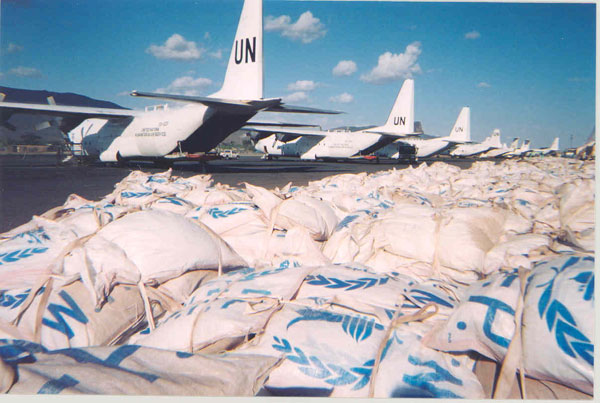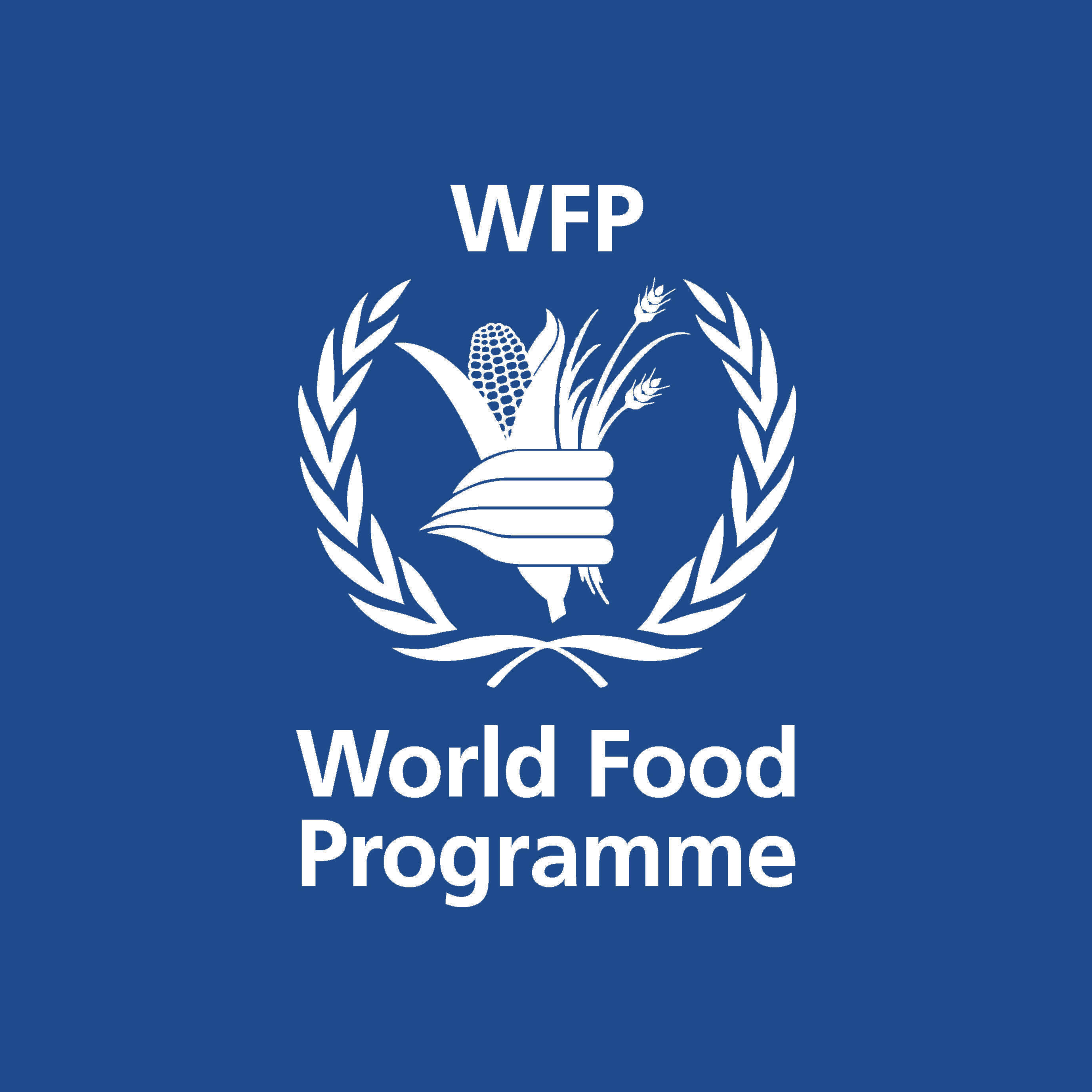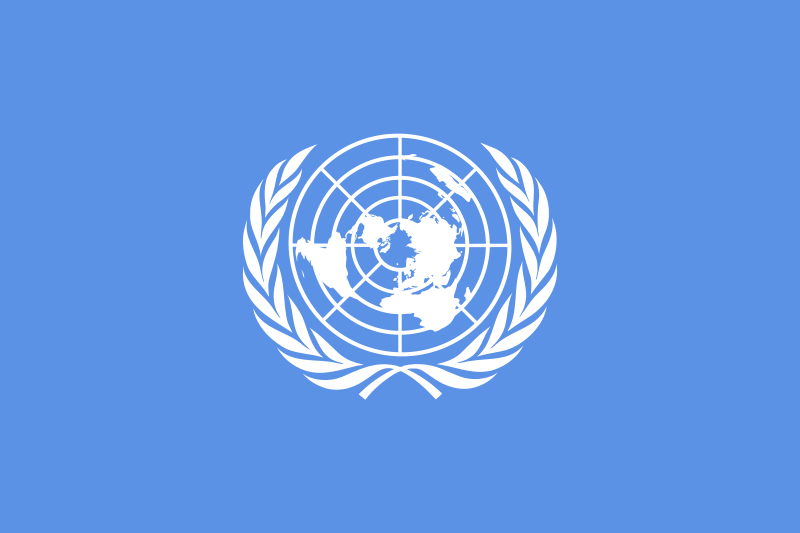The World Food Programme (WFP) is the food aid branch of the United Nations, and the world's largest humanitarian agency. WFP provides food, on average, to 90 million people per year, 58 million of whom are children. From its headquarters in Rome and more than 80 country offices around the world, WFP works to help people who are unable to produce or obtain enough food for themselves and their families.
SCOP – Supply Chain Optimization Project in WFP
Overview
The WFP was first conceived at the 1961 Food and Agricultural Organization (FAO) Conference, when George McGovern, director of the US Food for Peace Programmes, proposed establishing a multilateral food aid programme.[2] WFP was formally established in 1963 by the FAO and the United Nations General Assembly on a three-year experimental basis. In 1965, the programme was extended to a continuing basis.
Organization
The WFP is governed by the WFP Executive Board which consists of 36 member states. Josette Sheeran is the current Executive Director, appointed jointly by the UN Secretary General and the Director-General of the FAO for a five-year term. She heads the Secretariat of WFP.
WFP has a staff of 10,587 people (2006) with 92% operating in the field.
Goals and strategies
WFP strives to eradicate hunger and malnutrition, with the ultimate goal in mind of eliminating the need for food aid itself.
The core strategies behind WFP activities, according to its mission statement, are to provide food aid to:
- save lives in refugee and other emergency situations;
- improve the nutrition and quality of life of the most vulnerable people at critical times in their lives; and
- help build assets and promote the self-reliance of poor people and communities, particularly through labour-intensive works programmes.
WFP food aid is also directed to fight micronutrient deficiencies, reduce child mortality, improve maternal health, and combat disease, including HIV and AIDS. Food-for-work programmes help promote environmental and economic stability and agricultural production.
Activities
In 2006, WFP distributed 4 million metric tons of food to 87.8 million people in 78 countries; 63.4 million beneficiares were aided in emergency operations, including victims of conflict, natural disasters and economic failure in countries like Kenya, Lebanon, and Sudan. Direct expenditures reached US$2.9 billion, with the most money being spent on Emergency Operations and Immediate Response Account. WFP’s largest country operation in 2006 was Sudan, where the Programme reached 6.4 million people. The second and third largest WFP operations were, respectively, Ethiopia and Kenya. In 2007, WFP's Sudan operation will require some US$ 685 million to provide food assistance to 5.5 million people (2.8 million in Darfur alone).
WFP focuses much of its aid on women and children, with the goal of ending child hunger. In 2005, food assistance was provided to 58.2 million children, 30 percent of whom were under five. In 2006, WFP assisted 58.8 million hungry children. School-feeding and/or take home ration programmes in 71 countries help students focus on their studies and encourage parents to send their children, especially girls, to school.
Not all food aid is international. Sometimes the World Food Program with the help of numerous NGOs organizes food distribution within a country.
| HOME |
| UN / WFP |
| FEUP |
| G.A.S.Porto |
| PROJECT |
| CONTACT |

| United Nations (UN) | ||
|---|---|---|
| UN System | General Assembly · Security Council · Economic and Social Council · Secretariat (Secretary-General) · Trusteeship Council · International Court of Justice · (Member States · Observers) | |
| Major office centers | Headquarters (New York) · Geneva · Nairobi · Vienna | |
|
Programs, funds and agencies |
Cambodia Tribunal · FAO · ICAO · ILO · IPCC · IAEA · ICTR · ICTY · ITU · UNAIDS · SCSL · UNCTAD · UNCITRAL · UNDCP · UNDP · UNEP · UNESCO · UNFIP · UNFPA · OHCHR · UNHCR · UNHRC · UN-HABITAT · UNICEF · UNRWA · UPU · WFP · WHO · WMO | |
| Resolutions | General Assembly (UDHR) · Security Council | |
| Related | Bretton Woods System · Flag · History · ICC · League of Nations · OPCW · Peacekeeping Missions · United Nations Charter · United Nations Global Compact · UNTS | |
| Additional topics | Category:United Nations · Portal:United_Nations | |


